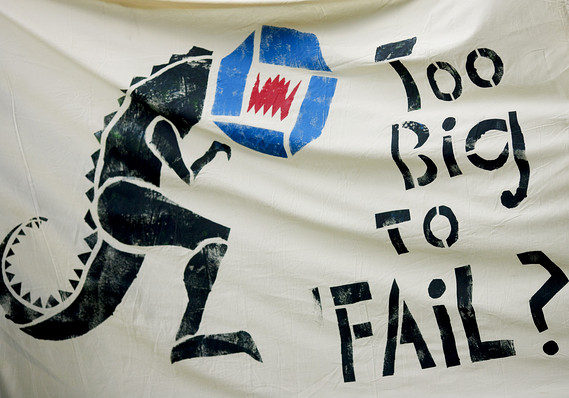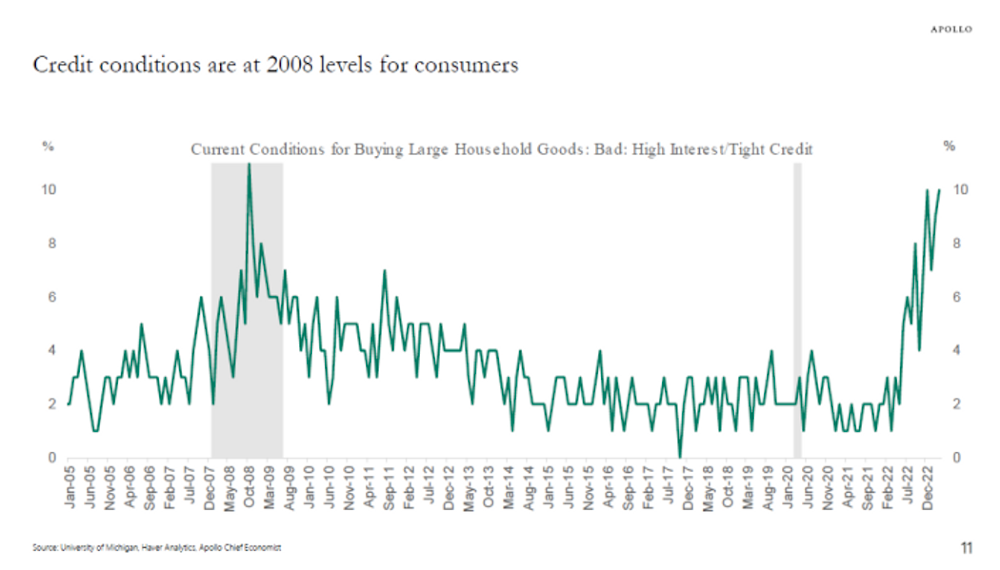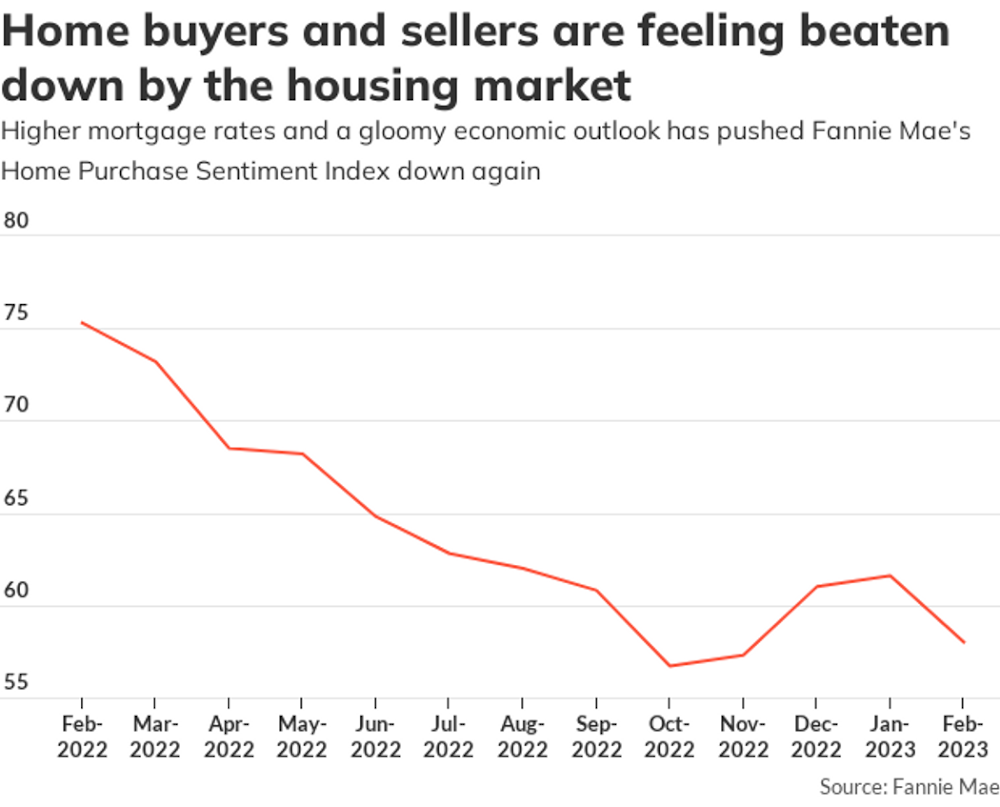 By Greg Robb, MarketWatch
By Greg Robb, MarketWatch WASHINGTON (MarketWatch)
The U.S. economy continues along about the same modest pace as seen in August, according to a report Wednesday summarizing information from contacts used by the Federal Reserve to measure the strength of the economy.
The economy was expanding, although many areas described the pace of growth as “modest” or “slight.”
“Contacts generally noted weaker or less certain outlooks for business conditions,” the report said.
This characterization — laid out in the so-called Beige Book of anecdotal evidence the central bank collects before each interest-rate decision — was not very different from the last report in August which found “economic activity continued to expand at a modest pace, though some districts noted mixed or weakening activity.”
Economists continued to blame the soft patch on the dramatic events in early August when the U.S. lost its Triple-A credit rating and Congress went to the edge of the cliff of default before raising the debt ceiling
“The report supports the perception that the post-downgrade volatility has caused the economy to slow, but not collapse,” said Thomas Simons, money market economist at Jefferies & Co. in a note to clients.
Added Dana Saporta of Credit Suisse: “We estimate that real GDP grew at an annualized 2.9% pace in the third quarter, yet the examples of uncertainty and risk aversion in today’s report do not inspire confidence that such a growth rate will be maintained.”
Central-bank officials are at odds over the outlook.
Some of the bankers are alarmed about the lack of progress in bringing down the 9.1% unemployment rate, and want the Fed to take more aggressive and innovative steps to support growth.
Chicago Fed President Charles Evans, a voting member of the Federal Open Market Committee, earlier this week said the central bank should commit to keeping short-term rates at zero until the unemployment rate falls below 7% or the outlook for inflation over the medium term goes above 3%.
Others believe the economy will slowly improve over the next 14 months, and that the central bank already has gone too far in its unconventional monetary policy.
The report, based on information collected on or before Oct. 7, said that auto production and sales were the leading the recovery at the moment.
Energy production and tourism were also strong.
The harvest of crops produced lower yields than 2010, but were large enough to alleviate worries about shortages.
Outside of these sectors, activity seemed mixed and sluggish.
A large number of districts reported that retail sales excluding autos were flat to down.
Many retailers said they were reluctant to build inventories ahead of the holiday season because of weak consumer confidence.
But here too autos were the exception.
Dealers continue to replenish inventories that ran low in the aftermath of the Japanese earthquake and tsunami.
Financial activity was reported to have weakened in the last few months. Most districts reported a drop in loan demand, and some reported that banks had tightened credit conditions.
There was a pickup in mortgage-refinancing activity as mortgage rates hit low levels but most districts reported residential and commercial real estate remained weak.
Contacts told the Fed that labor conditions remained weak, with only “limited and selective demand for new hires.”
Wage pressure remained subdued, according to the report.
Despite the modest growth, there were reports pointing to somewhat higher inflation.
Many districts said that wholesale prices were rising due to past increases in commodity prices.
Also, many regions reported higher prices for food and clothing made out of cotton.
A few other highlights from the report:
• In the New York Fed Bank’s district, one “financial industry contact notes that securities firms have not been doing well recently, with all major business lines - including sales and trading, underwriting, and initial public offerings- weakening.”
• ”Despite recent downturns in crop prices, farm income expectations remained strong,” the Kansas City Fed Bank reports.
• “For most of August and September, [the district’s] retailers reported that sales were flat to down compared with a year earlier. However, ‘October started off with a bang,’ said one department store chain manager,” according to the Philadelphia Fed Bank.
• “Contacts in most sectors reported that upward wage pressures were nearly nonexistent, held down by limited demand for new hires and high levels of unemployment.
However, wage gains remained pronounced for narrow worker groups with specialized skills, particularly in information technology fields,” according to the San Francisco Fed Bank.



















No hay comentarios:
Publicar un comentario